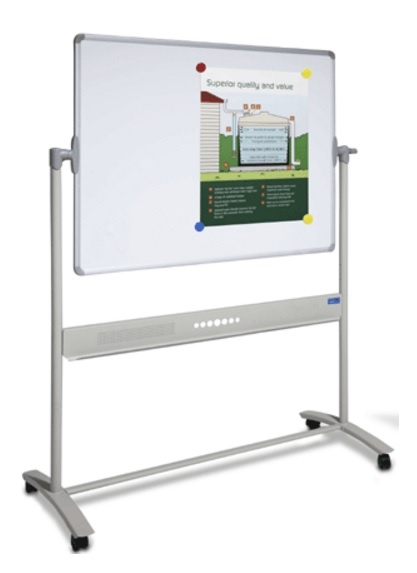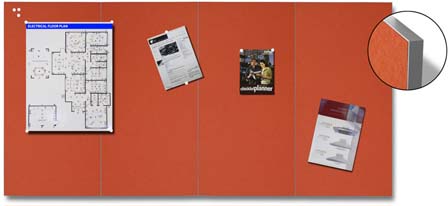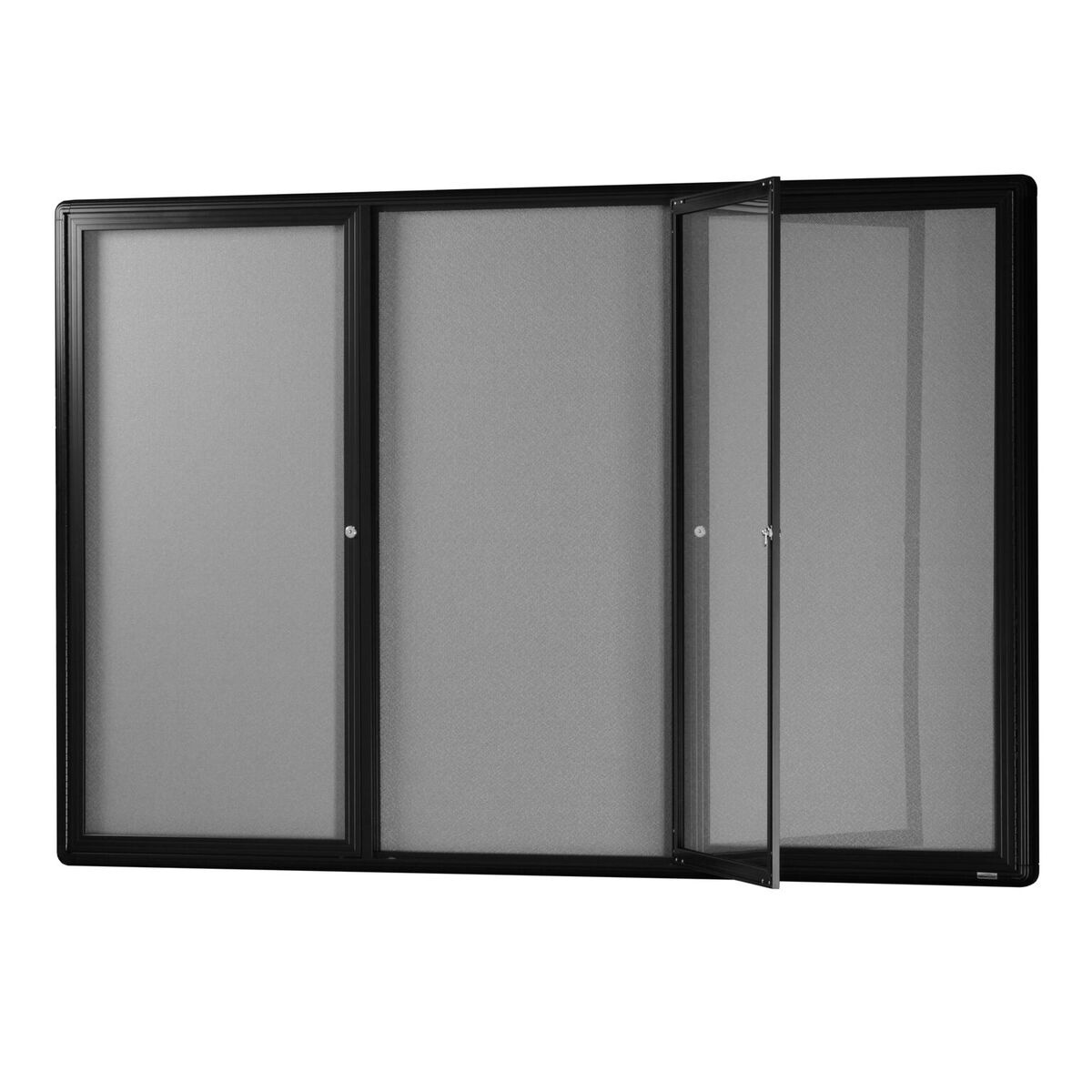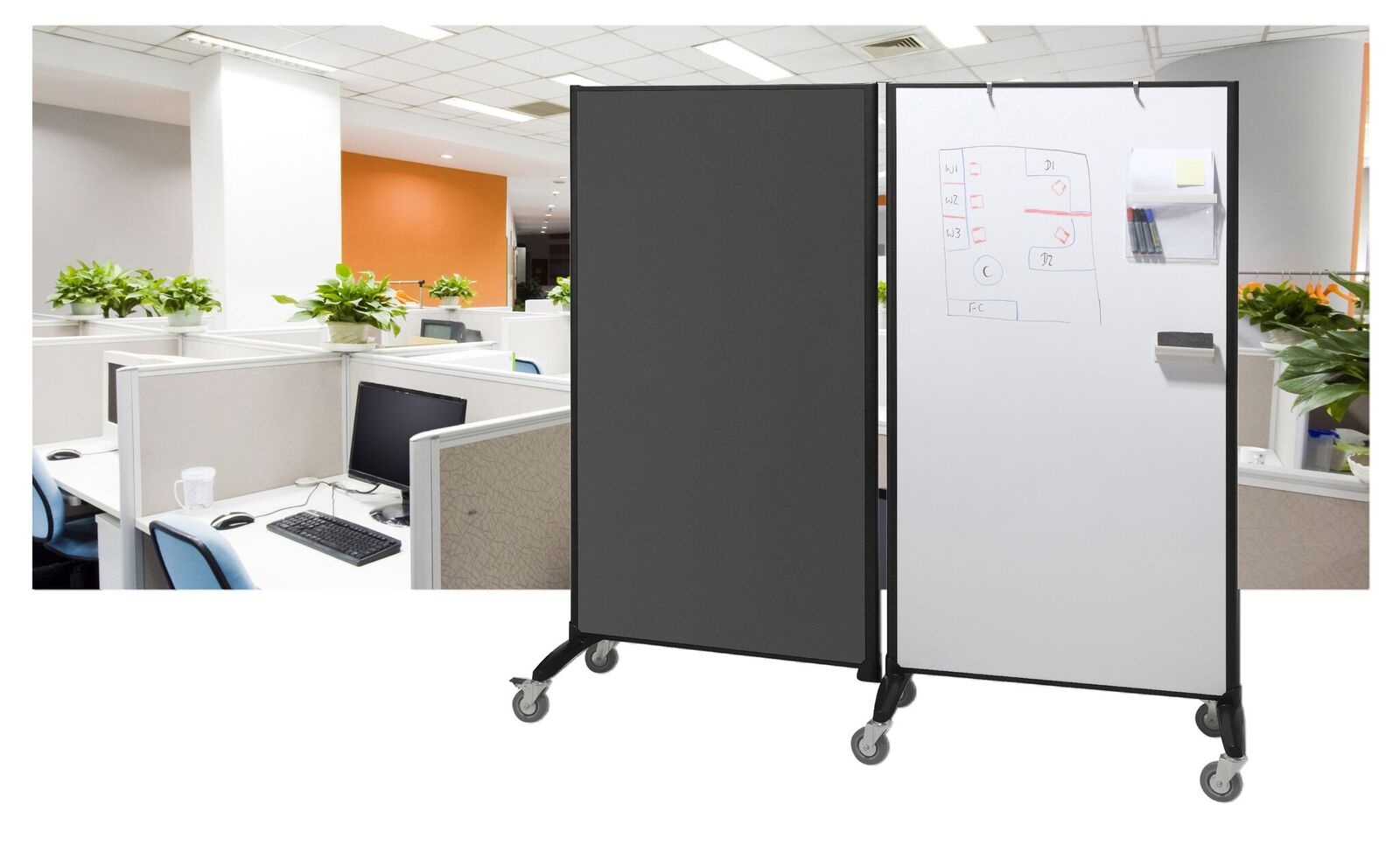When you think about your whiteboard, probably brain exercises for boosting your memory is the last thing that comes to mind.
Not so fast.
Any whiteboard (especially a high-quality one you love) serves as the perfect playground for performing quick, fun and easy brain exercises that pack a punch.
1. The White Board Memory Palace Brain Exercise
Have a look at this image by someone who used this simple drawing to help him rapidly memorise a poem:
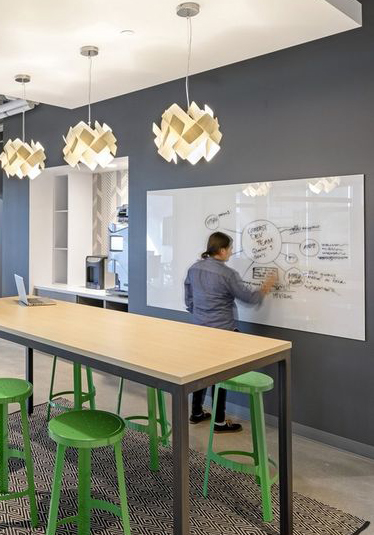
This drawing represents a Memory Palace.
Thousands of people around the world use white boards to create them.
Why?
Because a Memory Palace is an ancient memory technique that helps you learn and remember anything quickly. It is a simple mental recreation of a familiar location. It lets you store and retrieve information quickly.
And because they work best when you take a second to draw them, using a whiteboard is the best way to create many of them in rapid order.
Why do Memory Palaces work so well? The Memory Palace science is vast and well worth learning about.
Here’s how to get started:
1. Make a list of all the homes you’ve lived in on one side of your Memory Palace.
If you haven’t lived in many places, add the homes of your friends and relatives. Try to get at least 10, if not more on the writing surface. Align all the options you come up with in a column.
2. Next, pick just the most mentally vibrant home that you feel connects with you the most. For example, it might be your current home, or it could be the home of a friend. Don’t over think the choice. Just pick the one that feels most interesting and familiar.
3. Draw a simple floor plan of the Memory Palace. This doesn’t have to be architectural draftsmanship. Just a few simple squares will do.
The brain workout you’re receiving while completing this exercise accesses many levels of memory. According to memory expert Anthony Metivier, you’re not only exercising your spatial memory, but also your:
* Autobiographical memory
* Semantic memory
* Episodic memory
* Figural memory
* … and more.
4. Create a mental journey through the building you selected and drew on the whiteboard.
Number the places you could use to store ideas that you want to memorise.
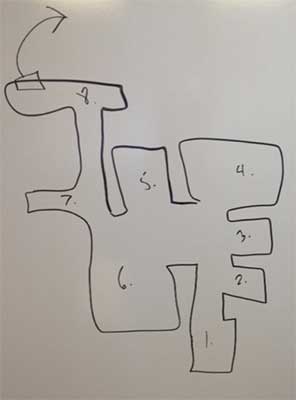
Go for at least 10 stations. As a beginner, try to use the corners of the rooms and perhaps the bigger pieces of furniture. Don’t get too detailed, as there is plenty of time for that later when you want to increase the challenge of this brain exercise .
5. Take a list of information you want to memorise. It could be several names, facts, numbers or vocabulary from a language you’re learning.
6. Create mental images that help you remember the information. For example, if you want to memorise a word like “account,” you could imagine the Count from Sesame Street standing in the corner. If the next word is “agreement,” maybe you see the Count again in the next corner or on the couch, but this time he is greedy for a giant mint.
To be clear, these images are helping you “encode” the sound of the words you want to remember by associating them with mental images. The Count sounds exactly like part of the word “account,” and a “mint” and someone being “greedy” for it translates those images into the sound.
Although this activity can be quite challenging at first, it creates excellent mental fitness and visualisation exercise that will improve your memory. Keep memorising information in this way and you’ll soon experience greater focus too.
For safekeeping, take a quick snapshot of your Memory Palace drawing.
Then, wipe it out and draw the next strongest floor plan on your list. Keep going for as long as you wish and return to this exercise frequently.
2. The Alphabet Exercise
It’s easy to write out the alphabet, right?
Again, not so fast.
Try writing it out by skipping all the even numbered letters. In other words, write:
A, C, E, G… and so on.
Set a timer and see how fast you can get through the entire alphabet. You’ll be surprised by how long it takes you.
As an alternative exercise, see how long you take to write the alphabet backwards. Don’t peak or cheat as you write it out. Work it out mentally as you write it out.
The beauty of using a whiteboard for this exercise is that you can quickly correct any mistakes, though for best results the first few times, consider letting all of those mistakes stand. It’s interesting to get a snapshot of your initial outing and track your progress over time.
As a final variation, see if you can write out the alphabet backwards and skip every other letter.
Z, X, V, T… and so on. This version is extra challenging.
3. Vertical Blind Contour Drawing
Normally, blind contour drawing is done with a sketch pad in our lap. You draw a profile, portrait or landscape without looking at the paper or lifting your writing implement off the page.
You can also complete blind contour drawing on a whiteboard by setting up a vase, fruit or some other object to your right or left. Or, you can ask a friend to sit to your right or left and draw their facial profile or entire figure.
Once you put the marker to the whiteboard, you are not to lift it from the surface or look at your drawing until it’s complete.
Why does this activity make for such great brain exercise?
The answer is simple:
You’re challenging every fiber of your brain while using over 150 muscles in your hand and arm, not to mention all the muscles in your eyes.
In other words, the exercise feels like raw brain power, but it’s actually a combination of your mental cognition with your physical dexterity.
You’ll be pleasantly surprised by what comes out of your marker and the focus and concentration this simple exercise creates.
The best part?
You can also take a quick photo of your creation and then instantly wipe it away.
Think these brain exercises are too fun and simple to help improve your memory, focus and concentration? Here are 9 more brain exercises that take the challenge to the next level.
Have fun!
Guest Author: Dr. A. Metivier
